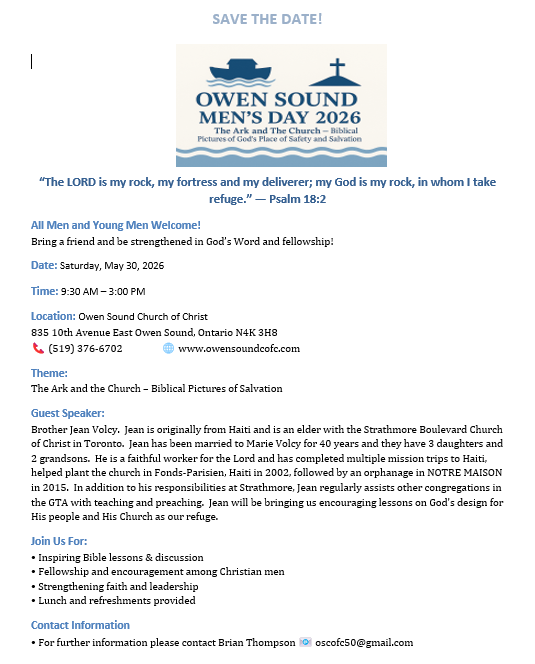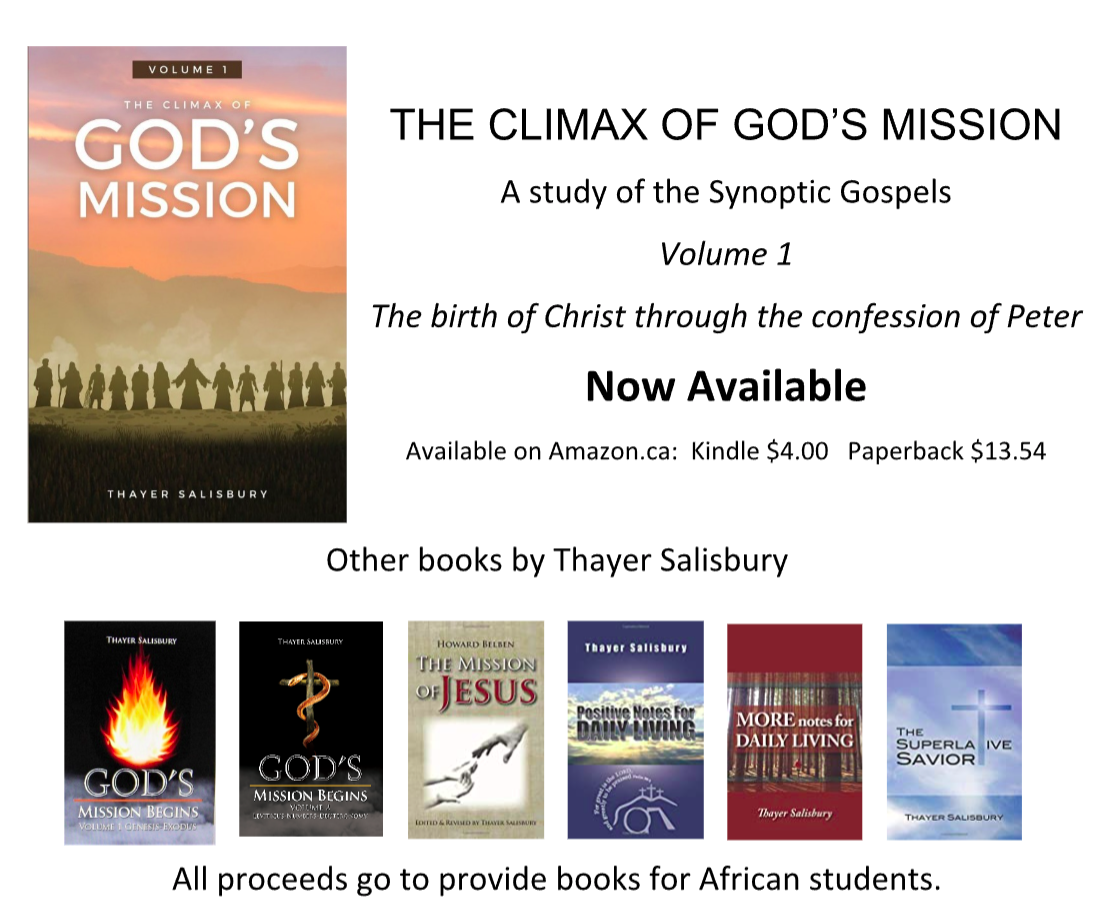The Gospel According to Mark is thought to be the first one written about the life of Christ, followed by Matthew, Luke and John.
Most scholars believed that the gospel was written in Rome between AD 60-70. According to Papias (AD 70-155; a pupil of apostle John) it was the apostle Peter who related to him, the words and works of Christ. Mark may have been a convert of Peter as he referred to Mark as his son (1 Pet. 5:13). Some have speculated that he was the “man carrying a pitcher of water” who led the disciples to the house where they celebrated the Passover (Mk. 14:12-16; Lk. 22:9-12). He is also thought to be the young man who fled naked when Jesus was arrested (Mk. 14: 51-52).
About AD 44, Paul and Barnabas went to Antioch (Acts 12:25) and Mark started with them on their First Missionary Journey, but later turned back (Acts 13:13). About AD 50, Mark wanted to go with Paul and Barnabas on their Second Missionary Journey but Paul refused to take him. This occasioned the separation of the two, with the result that Mark went with Barnabas to Cyprus and Paul took Silas through Cilicia and Syria (Acts 15: 36-41). In AD 60, it appears that Mark was in Rome with Paul (Col. 4:10; Phm.24). About four or five years later and just before his martyrdom, Paul wrote to Timothy: “Take along Mark and bring him with you, for he is useful to me for service.(2 Tim. 4:11)








Mark’s success as a missionary was largely a result of the company he kept.
Mark spent time with his cousin Barnabas who was known as the Son of Encouragement. Barnabas continued to believe in Mark, even after he turned back at Perga on the first mission journey, returning home to Jerusalem. We can only imagine how disappointed Paul and Barnabas were these two older men were left to carry on alone. As the youngest in the team, Mark was needed to do most of the carrying and as a group of 3, they enjoyed greater security from attack. Having been abandoned once, Paul refused to imperil the success of the second trip by taking Mark. But Barnabas took that risk and it paid off.
Then there was Peter. Among the twelve, he was usually first to speak and to act. By this time he was an older man, more patient, slower to get angry, always encouraging, and always challenging. Being with Jesus, he remembered much of what he spoke and did. Mark heard it all and recorded it.
Finally he had Paul. Probably the most educated and most eloquent of the three. We can be sure that Mark had learned much from him. In turn, he had impressed Paul. The one that was once rejected was now desired, having become “profitable for the ministry”.
We can learn from Mark that the insignificant among us can be useful when aided by the right company. It takes time and patience to make a disciple and even more to bring one to maturity. These three Christian leaders invested in Mark and it was time well spent, for Mark went on to serve with distinction.
Church tradition says he was dragged by a horse through the streets of Alexandria and died in the city. His bones were collected and deposited in the cathedral of Saint Mark in Milan, Italy as claimed by the Roman Catholic Church.
Toronto, ON

